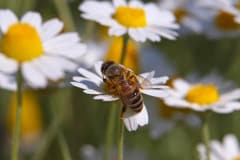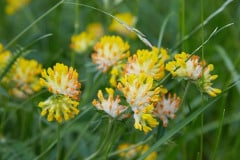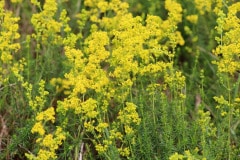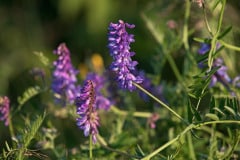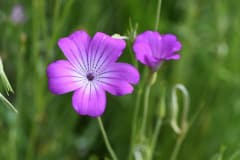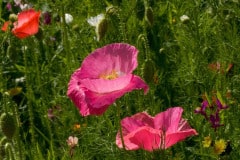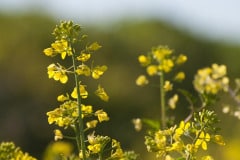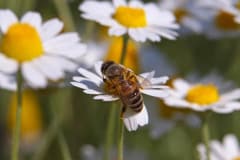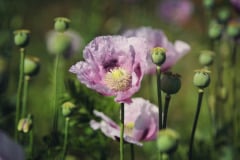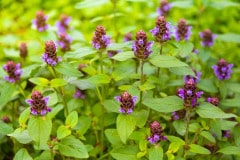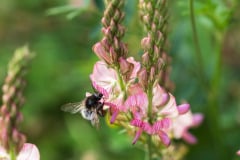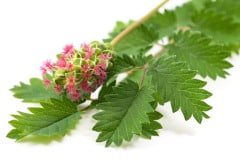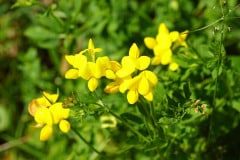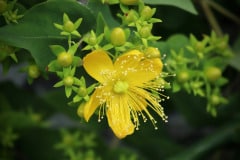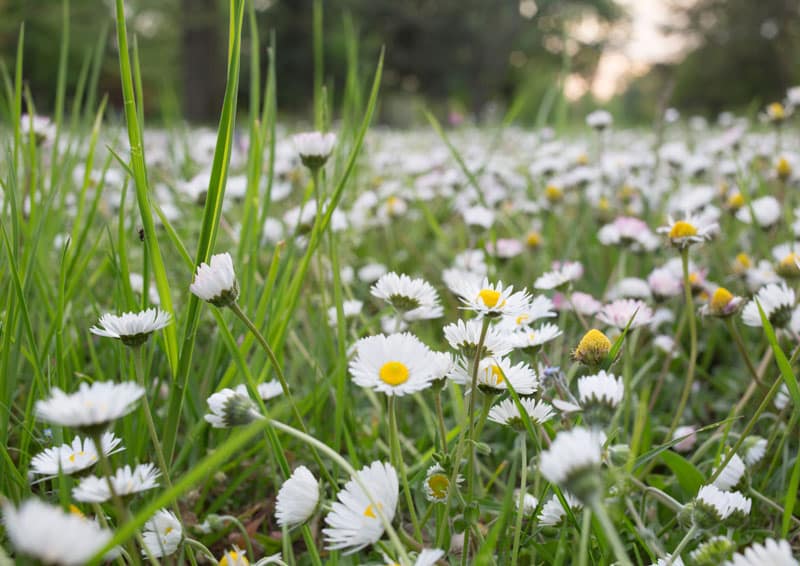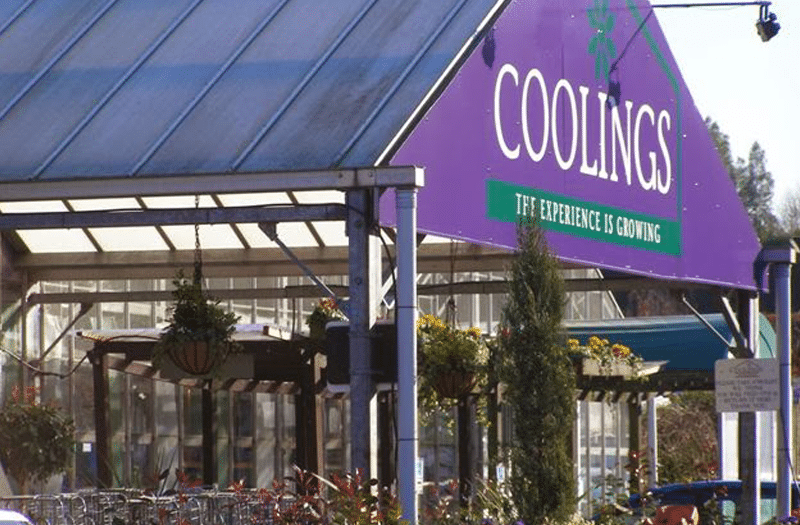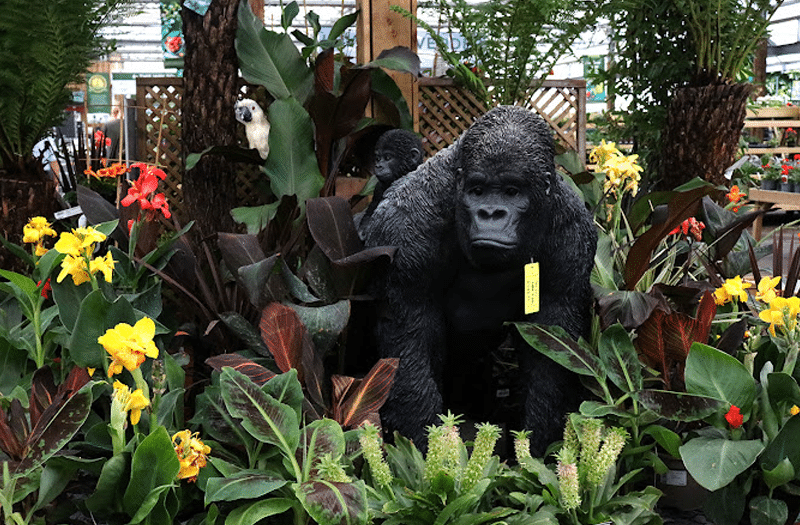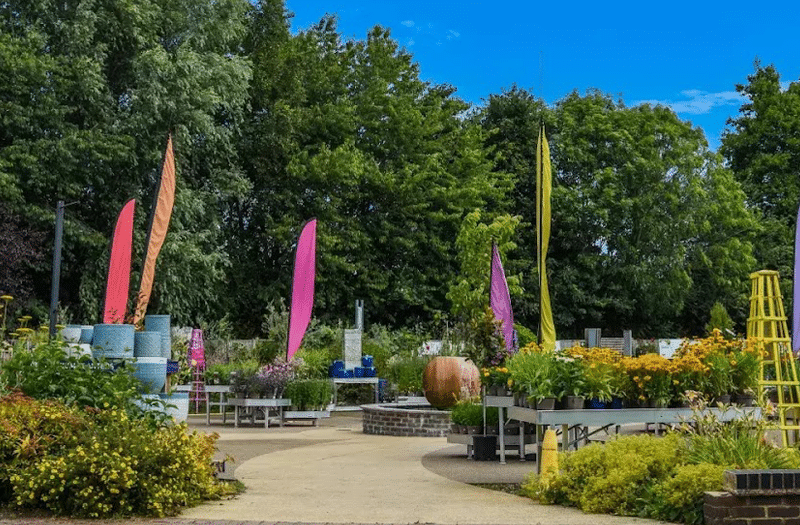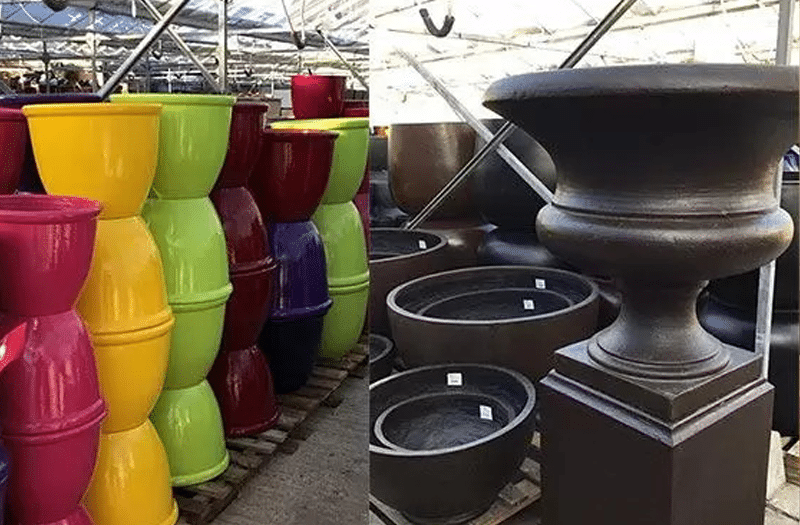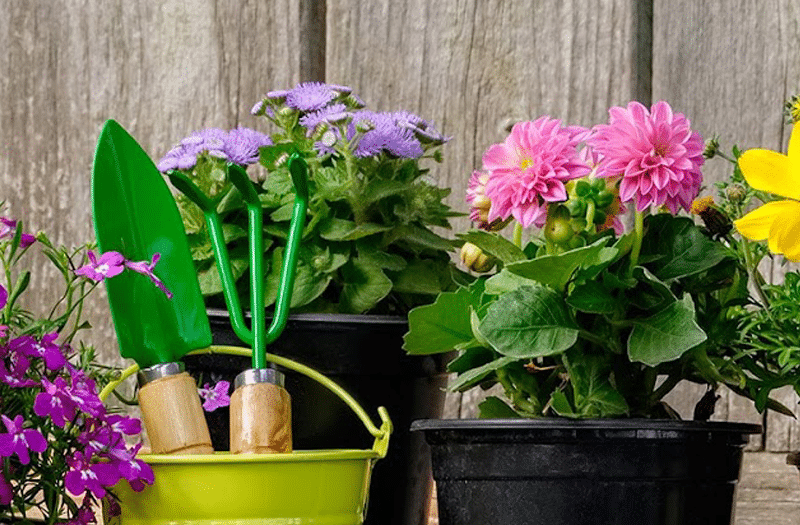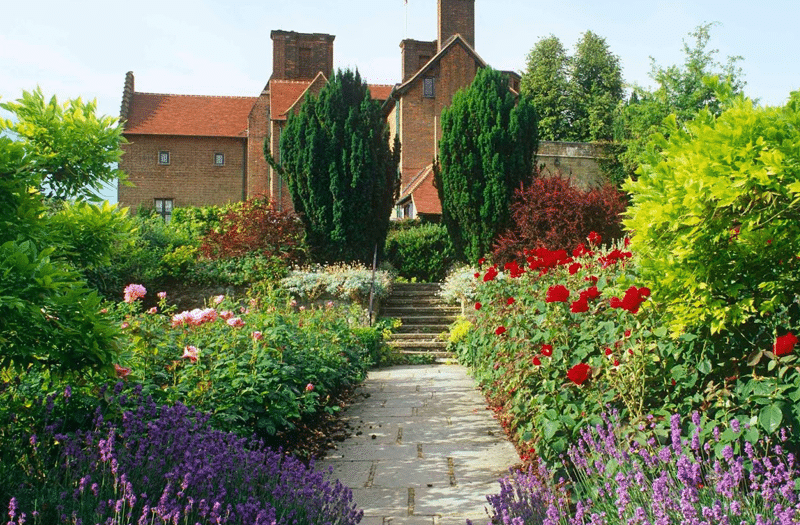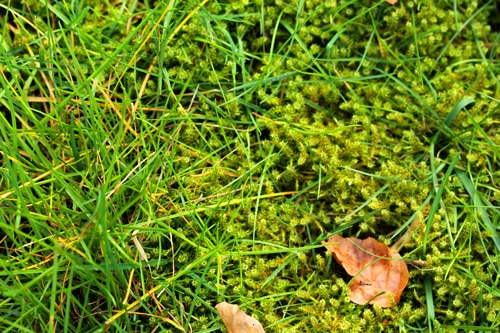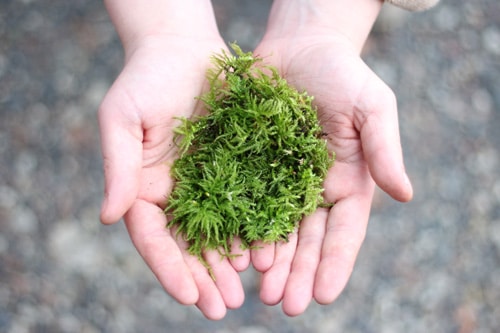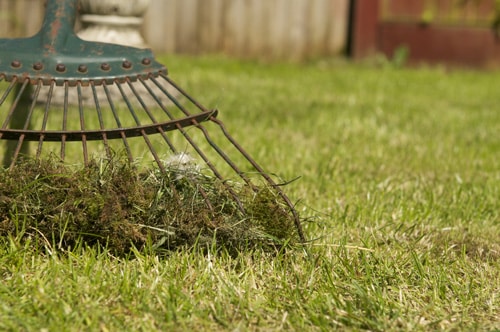At LawnsOne, the community has a central position in our core values; it drives our day-to-day decision-making, including who, as an organisation, we try to support.
Over the years LawnsOne has raised £1000’s for the charities we support, whether through company giving or sponsored events. Some of our beneficiaries include Great Ormond Street Hospital, Diabetes UK, Bowel Cancer UK, Epilepsy Action, Mind, MacMillan Cancer Support, and the Pilgrims Hospice.
“Ever since we started, 2 decades ago, LawnsOne has always strived to do what’s right. Not just by our customers but by our wider stakeholders and community. Simply put, we try to do our bit.”
Martin Ashdown, Lead Technician & Founder
Our Charitable Focus in 2024
The LawnsOne Team have all had family members or friends who have been affected by Dementia in some form or another. In 2024 we are committing to do ‘our bit’ to raise both funds and awareness for Dementia UK. You can visit our fundraising page here.
Dementia UK
Dementia UK are the specialist nursing charity that is there for the whole family. Their nurses, known as Admiral Nurses, provide free, life-changing support and advice to anyone affected by dementia.
Every three minutes, someone in the UK develops dementia – it’s one of the biggest health challenges of our time. Families affected are often left feeling exhausted and overwhelmed and don’t know where to turn. But with the support of an Admiral Nurse and Dementia UK, families facing the fear and confusion of dementia know they’re not alone.
“Every day, Admiral Nurses help families up and down the country to have the best life possible for as long as possible. Whether it’s on our Helpline, through our virtual or face-to-face clinics or in the community, our nurses give families affected by dementia the much-needed space to talk to someone who understands. It’s why so many people describe Admiral Nurses as a lifeline.
We are working hard to grow the number of Admiral Nurses across the UK so every family affected by dementia can access their support – whenever they need it.
Together, we can ensure that no one has to face dementia alone.”
How We Help
LawnsOne will donate £20 directly to Dementia UK for every successful referral made by an existing customer. You can read more and get involved here.
Locally . . .
As usual, the team will continue to support the Pilgrims Hospice in Ashford (close to our HQ) by joining in with some fundraising activities during the year! The Pilgrims Hospice work began 35 years ago, with the vision of one village nurse, Ann Robertson, the Pilgrims Hospice Lifetime President. Ann wanted to make a difference for the people in her community facing terminal illness. Thanks to her devotion, and the help of countless others, today they have over 200 Pilgrims nurses and therapists. Together they support thousands of people in East Kent each year.

